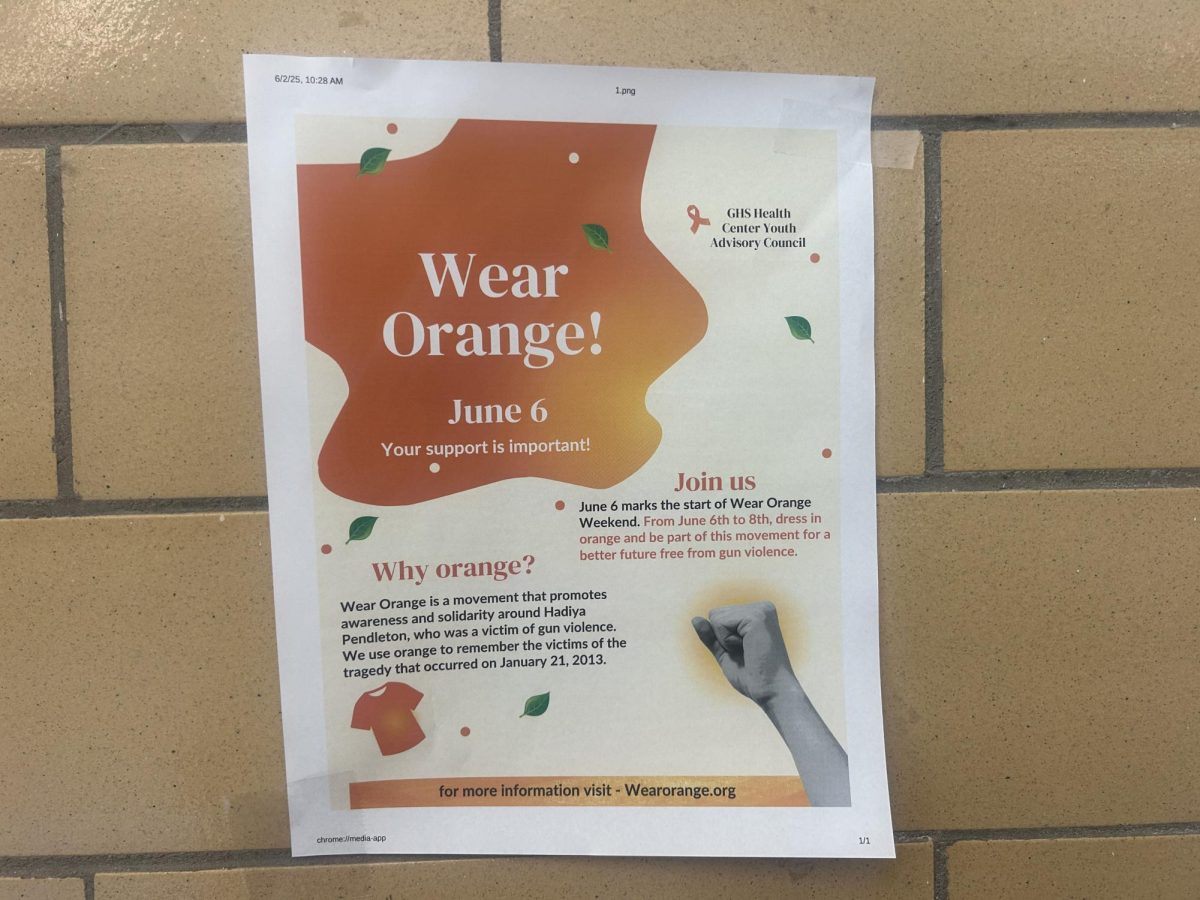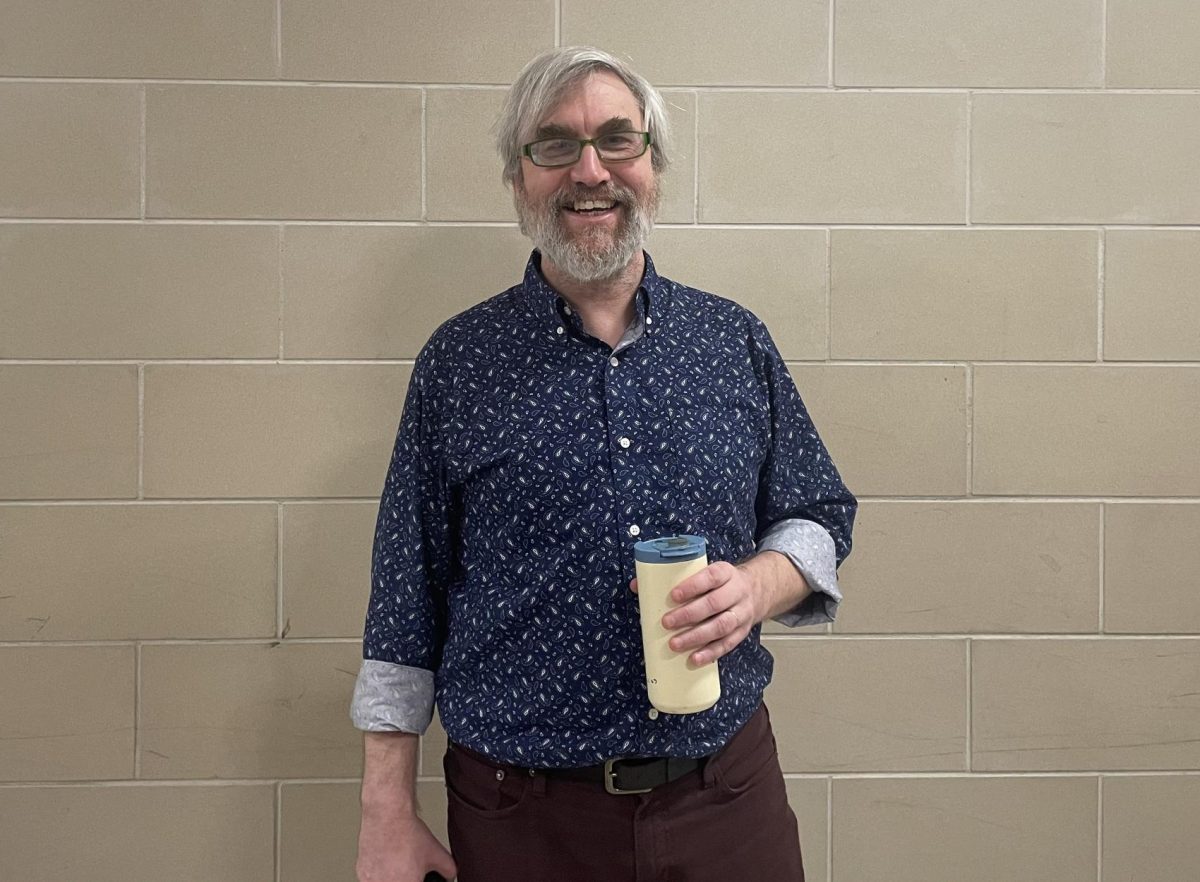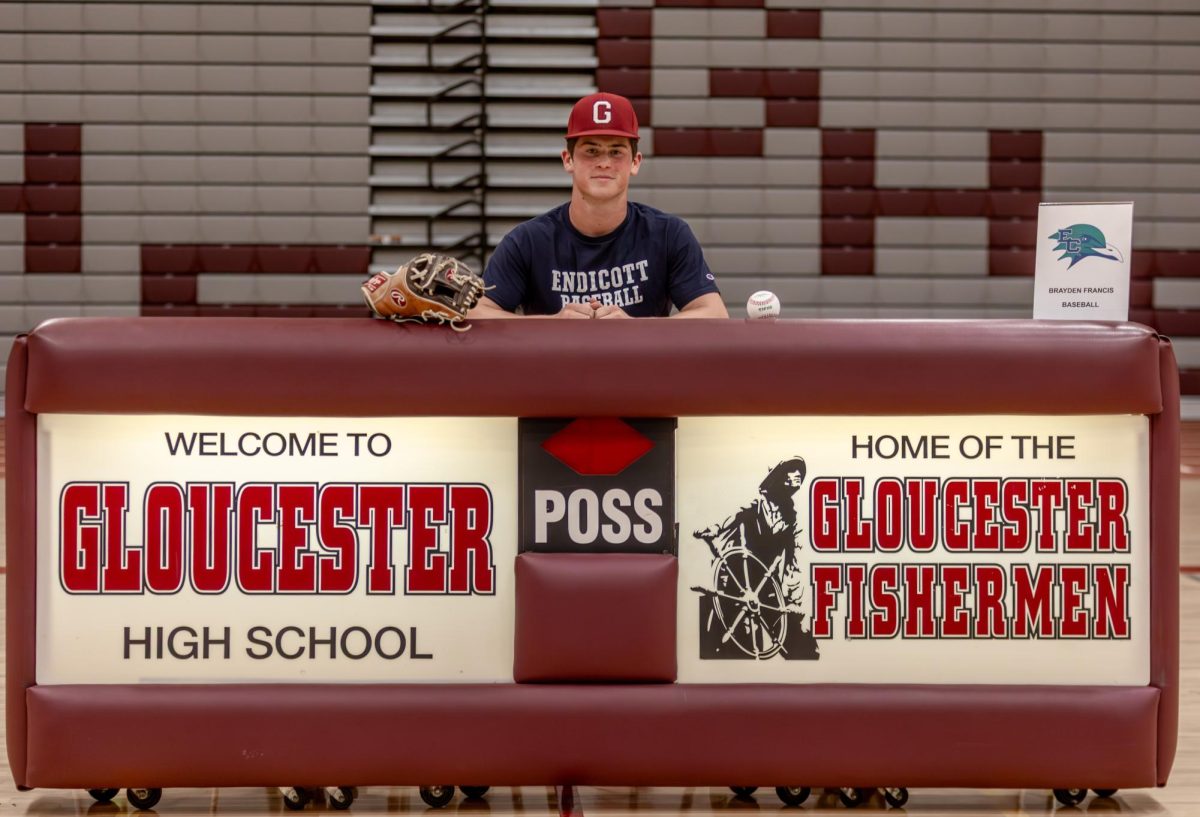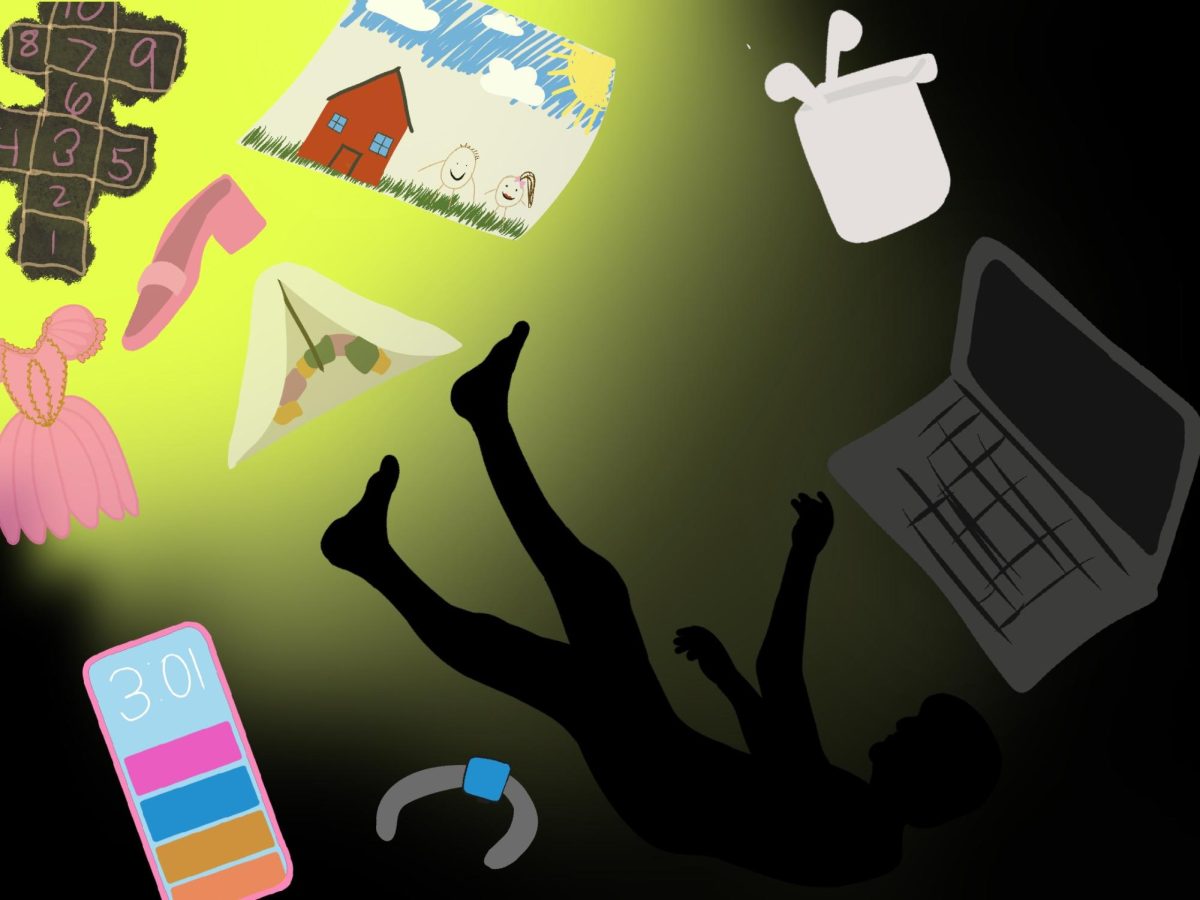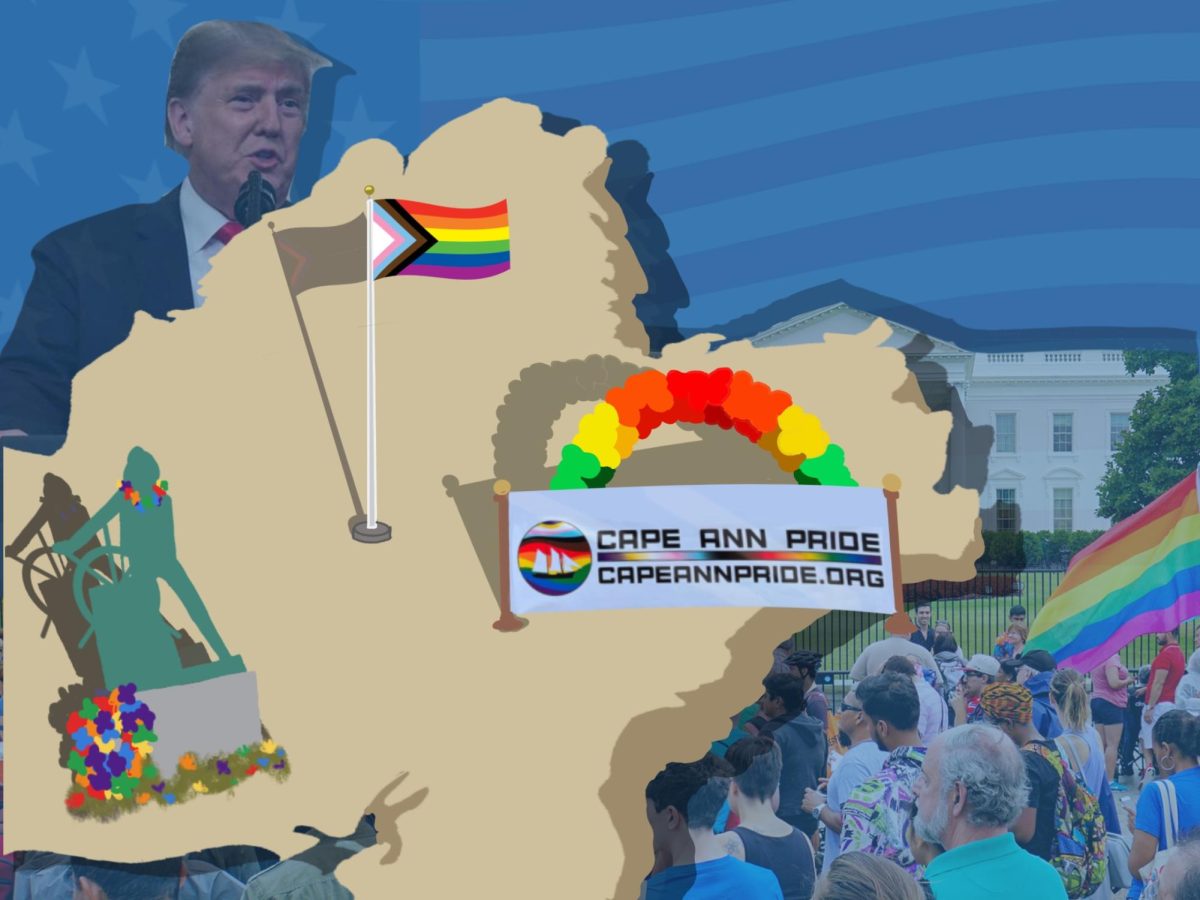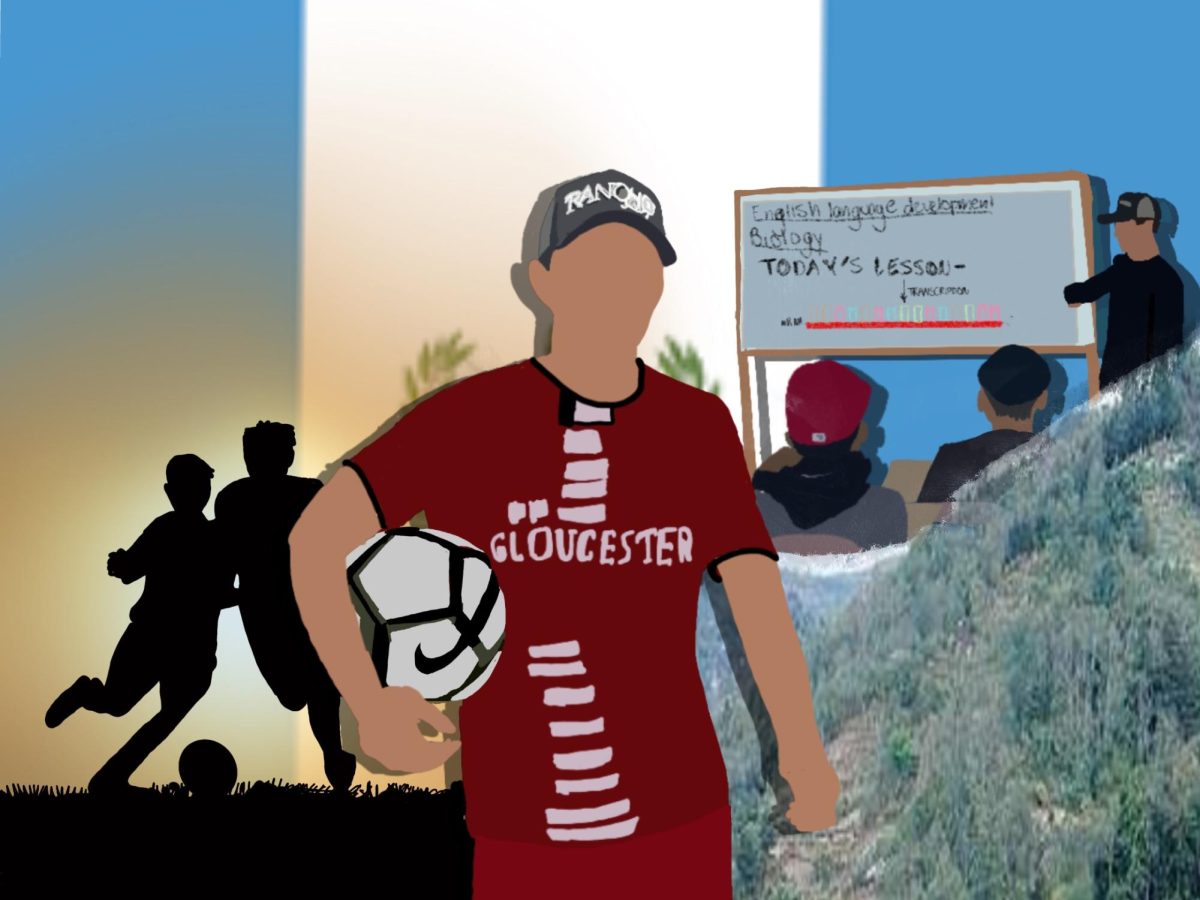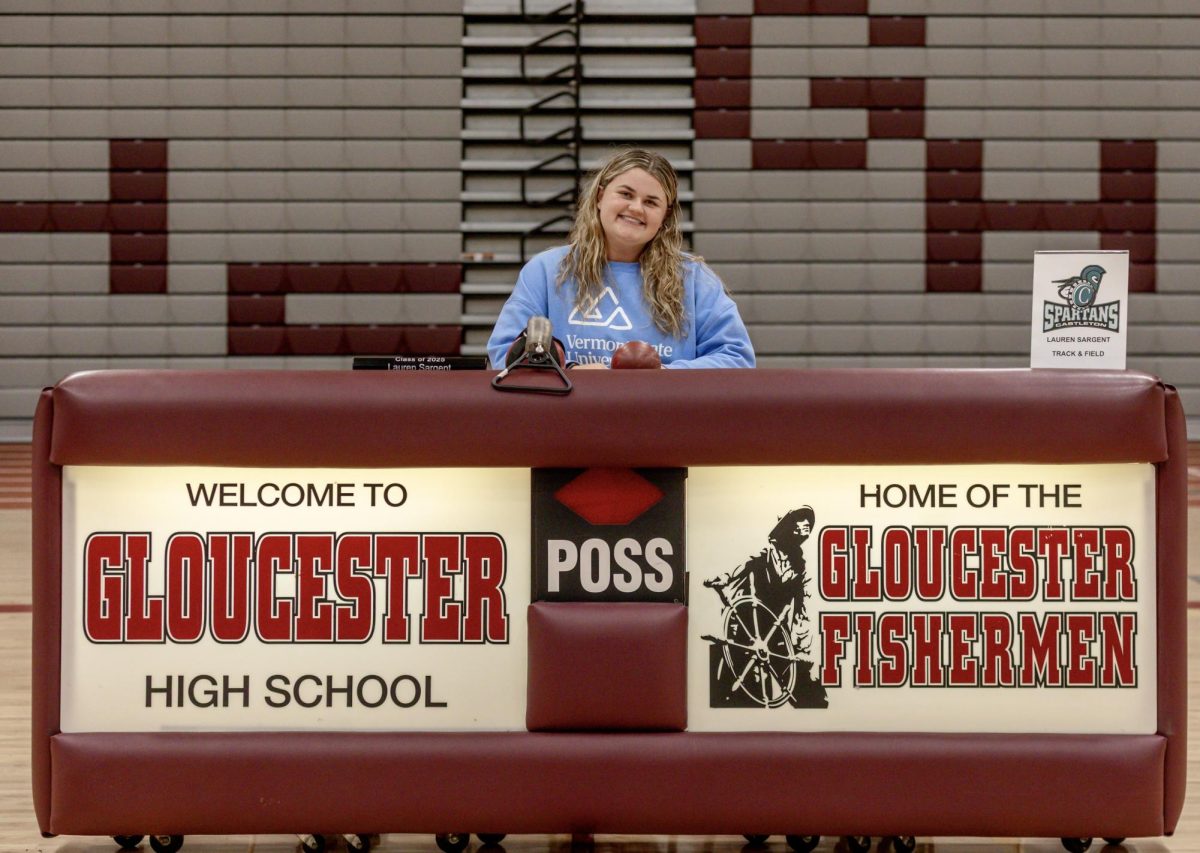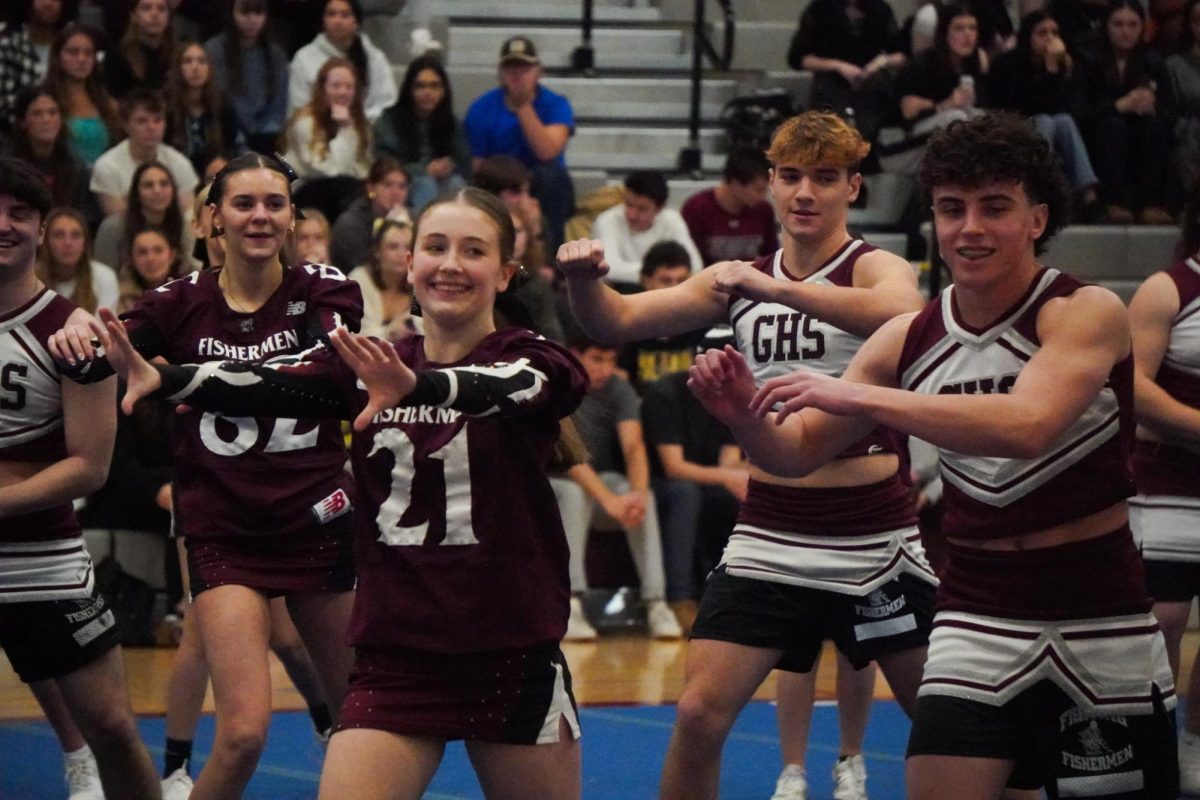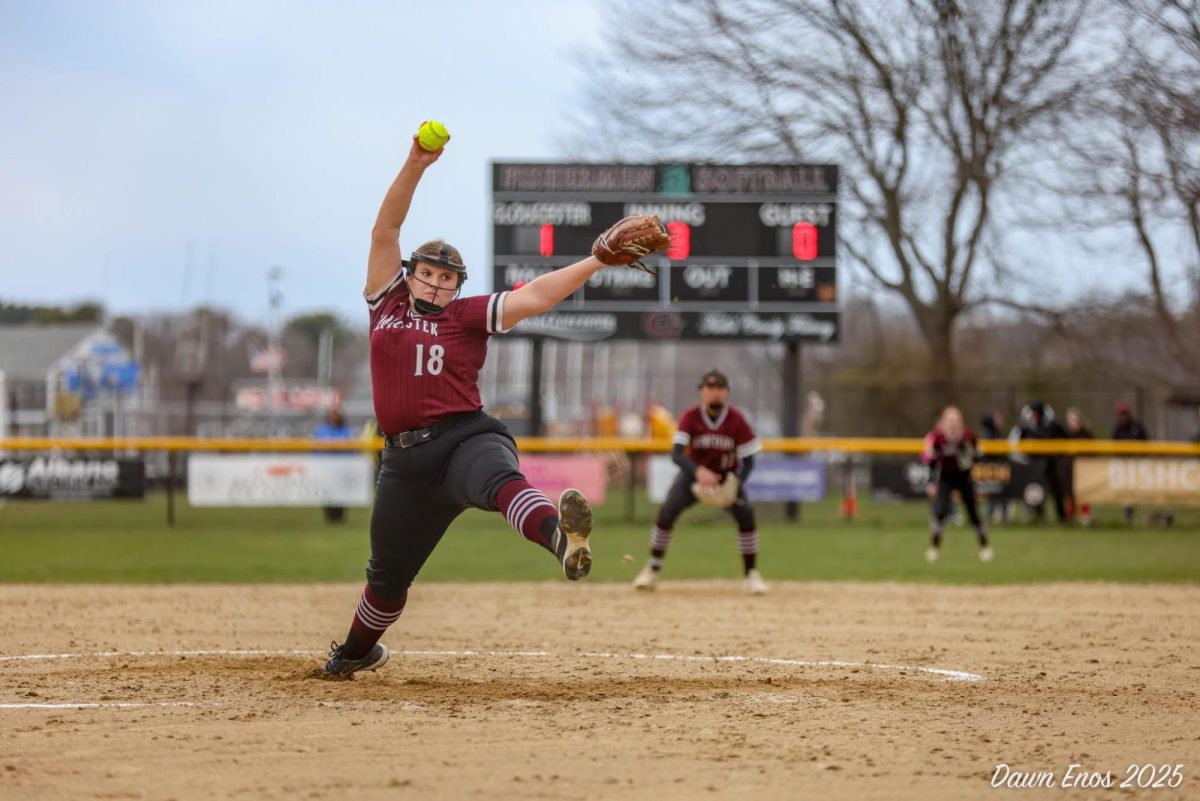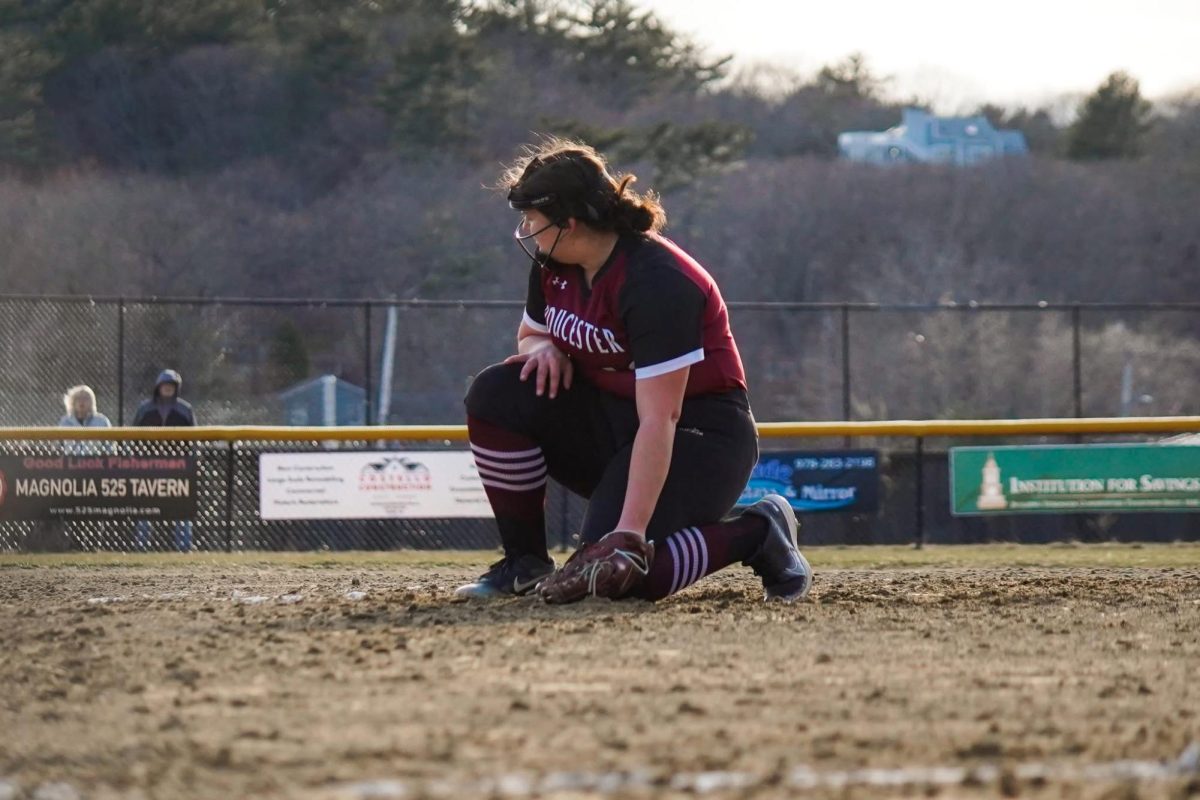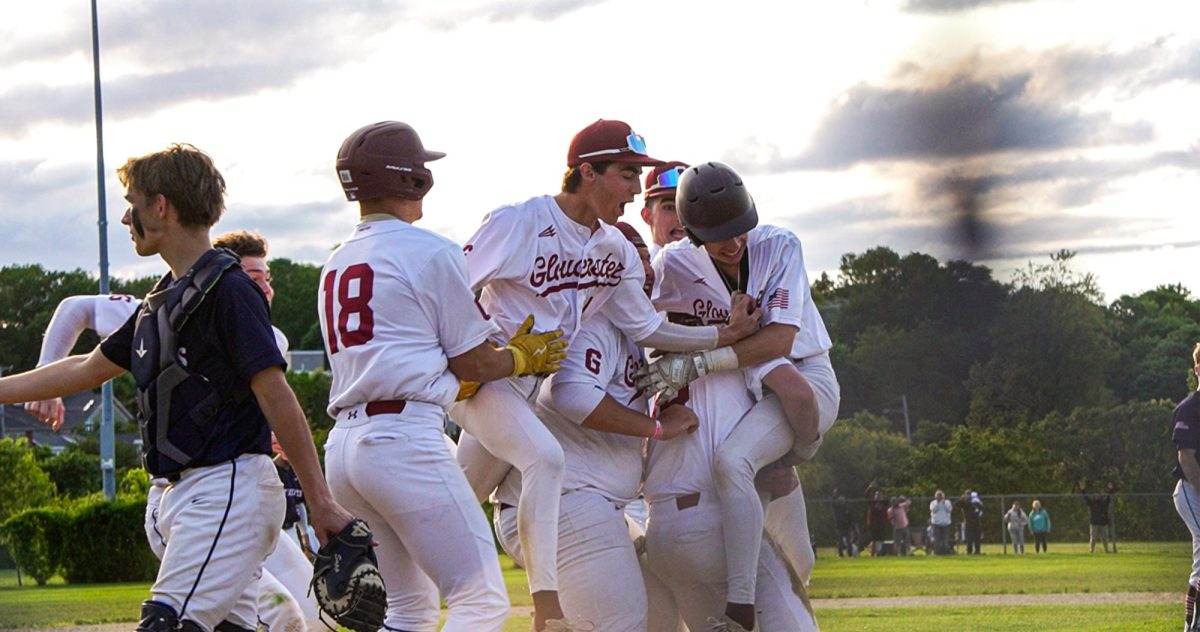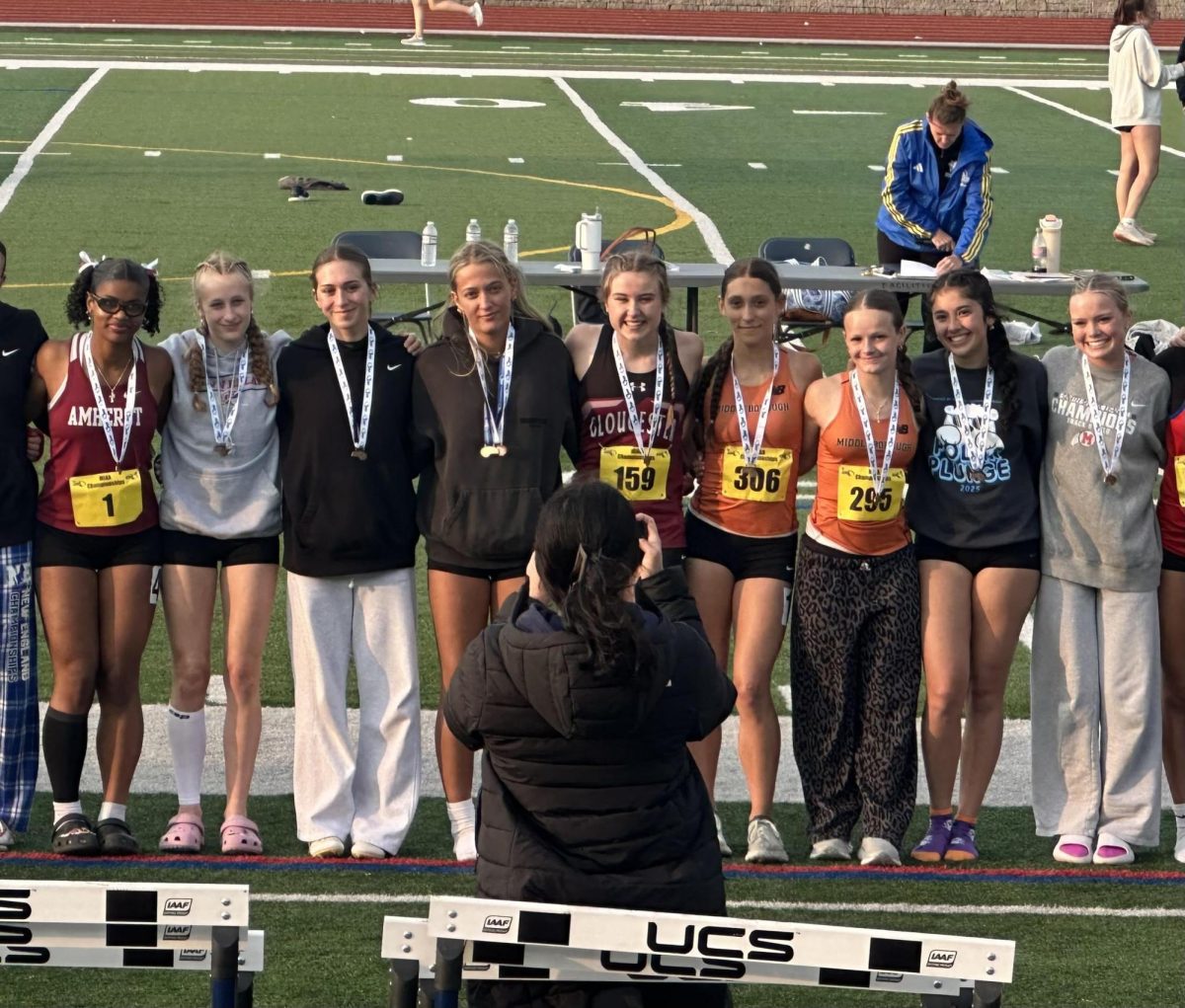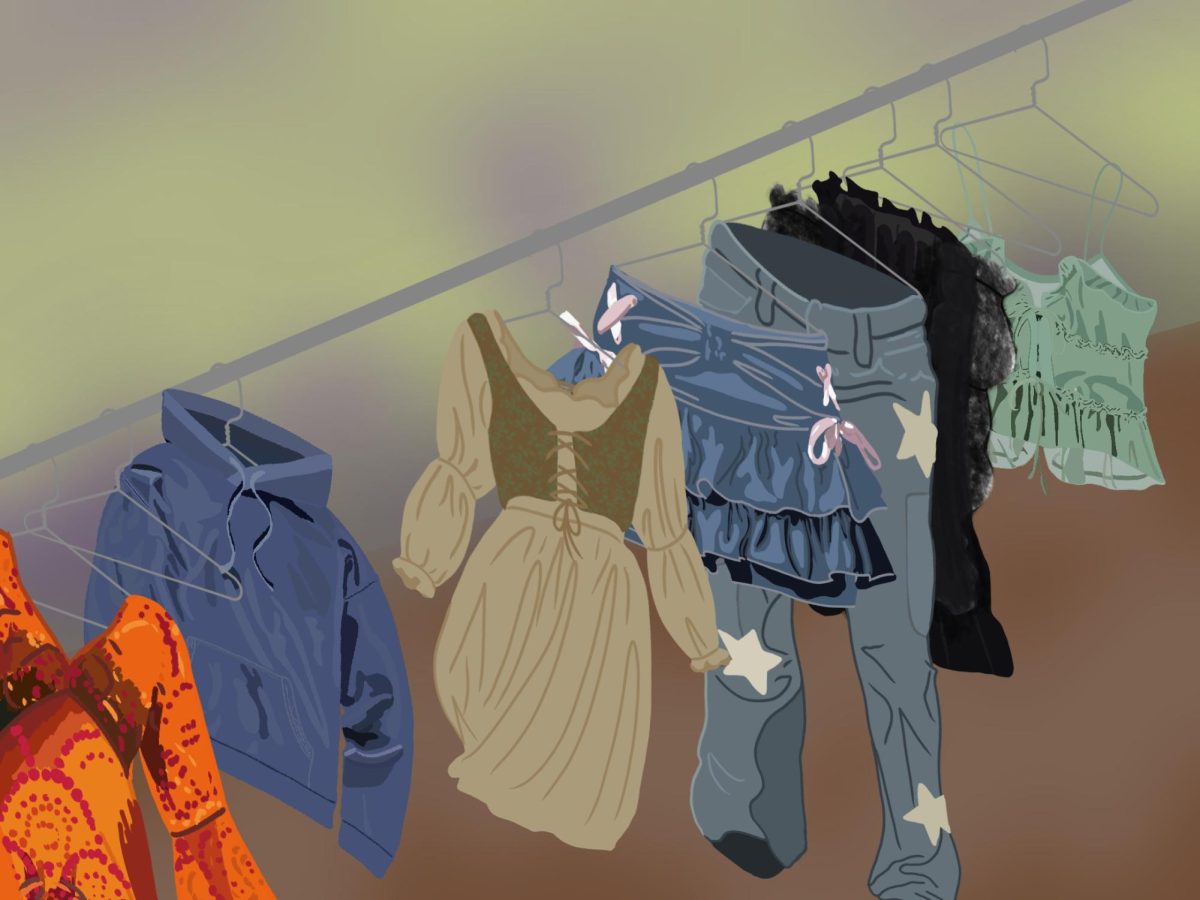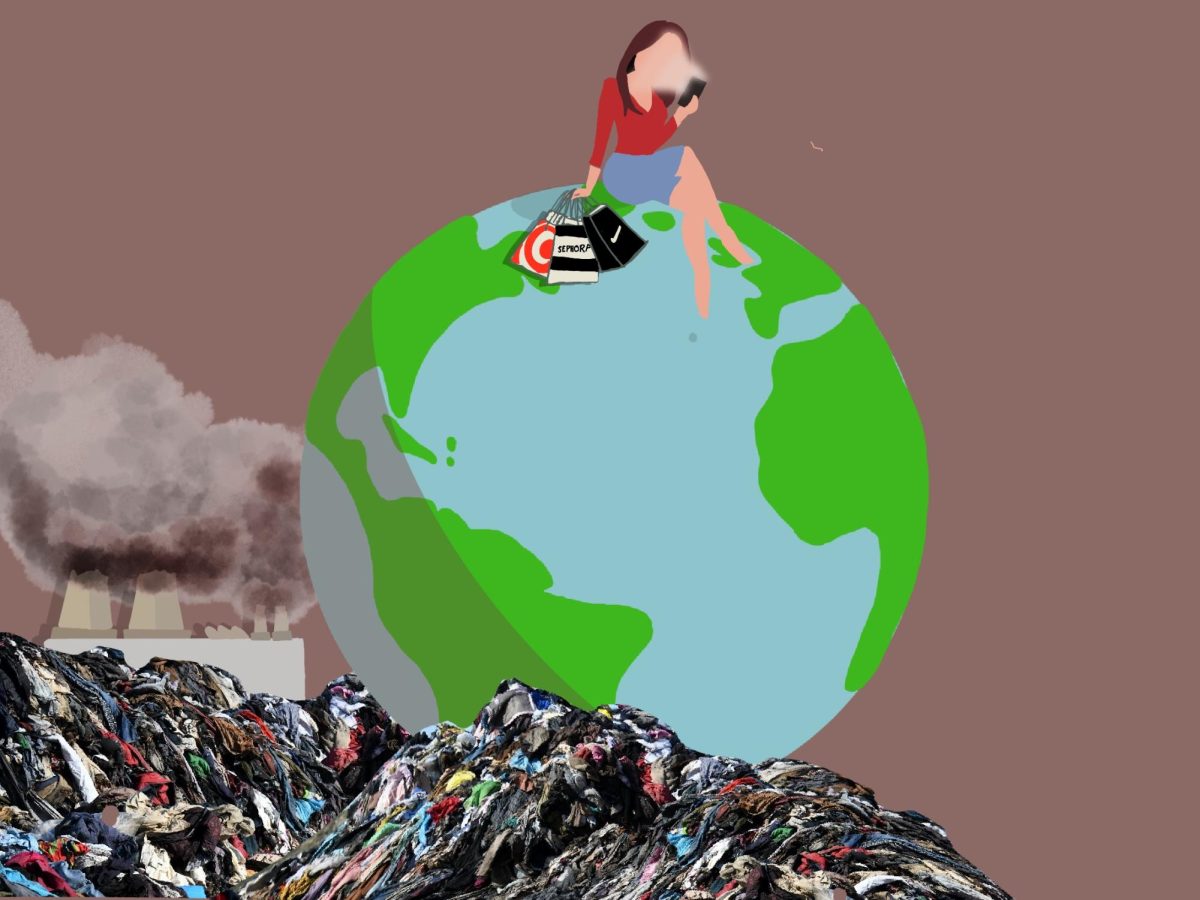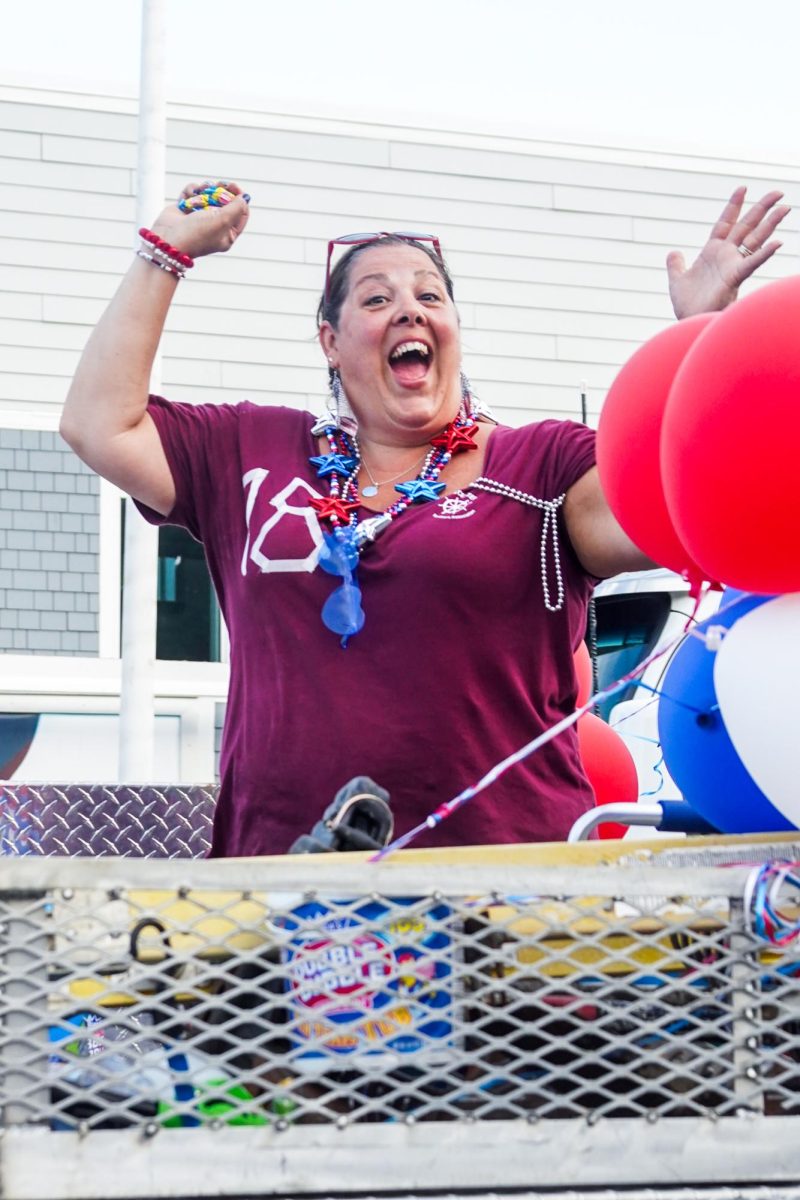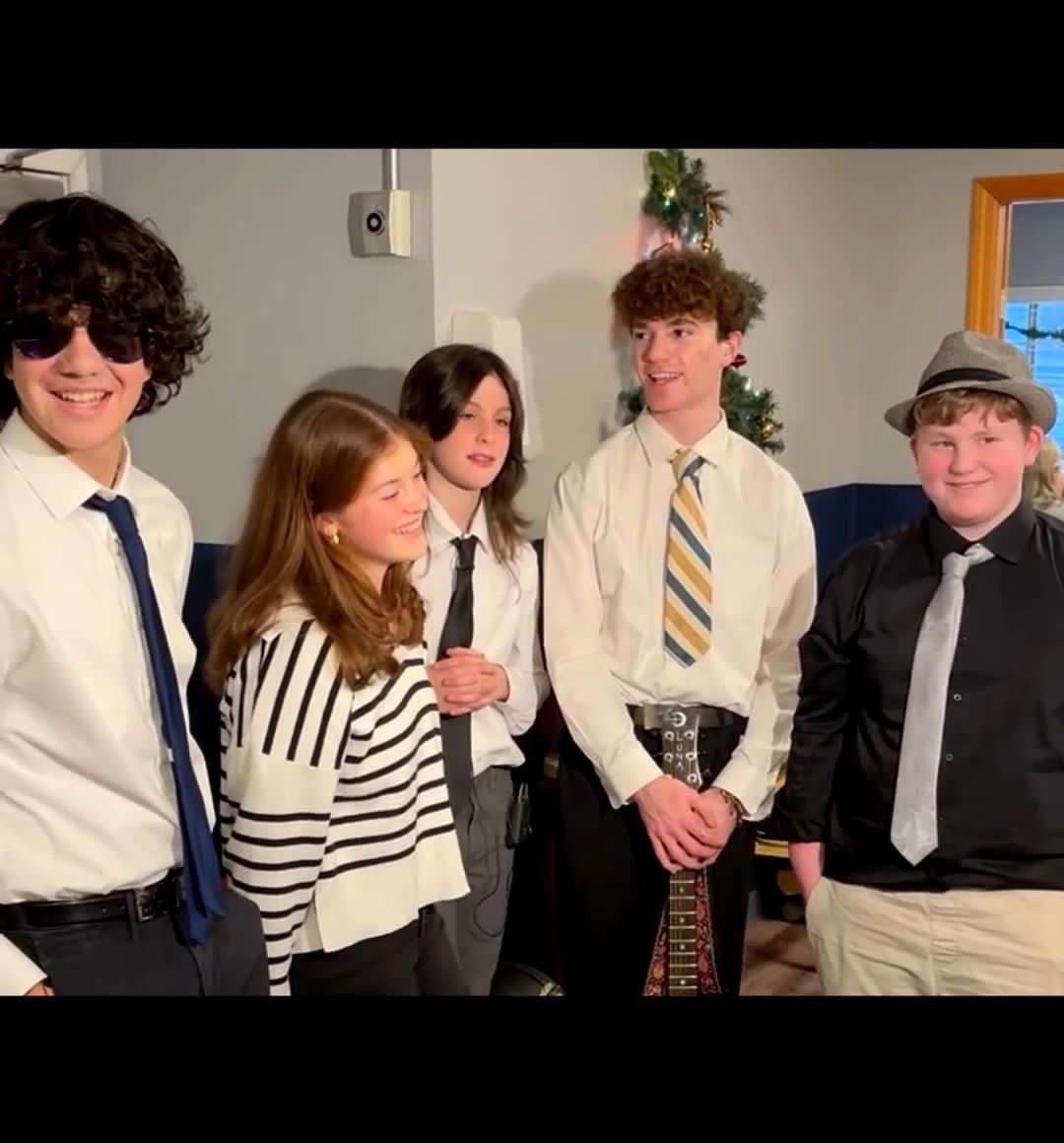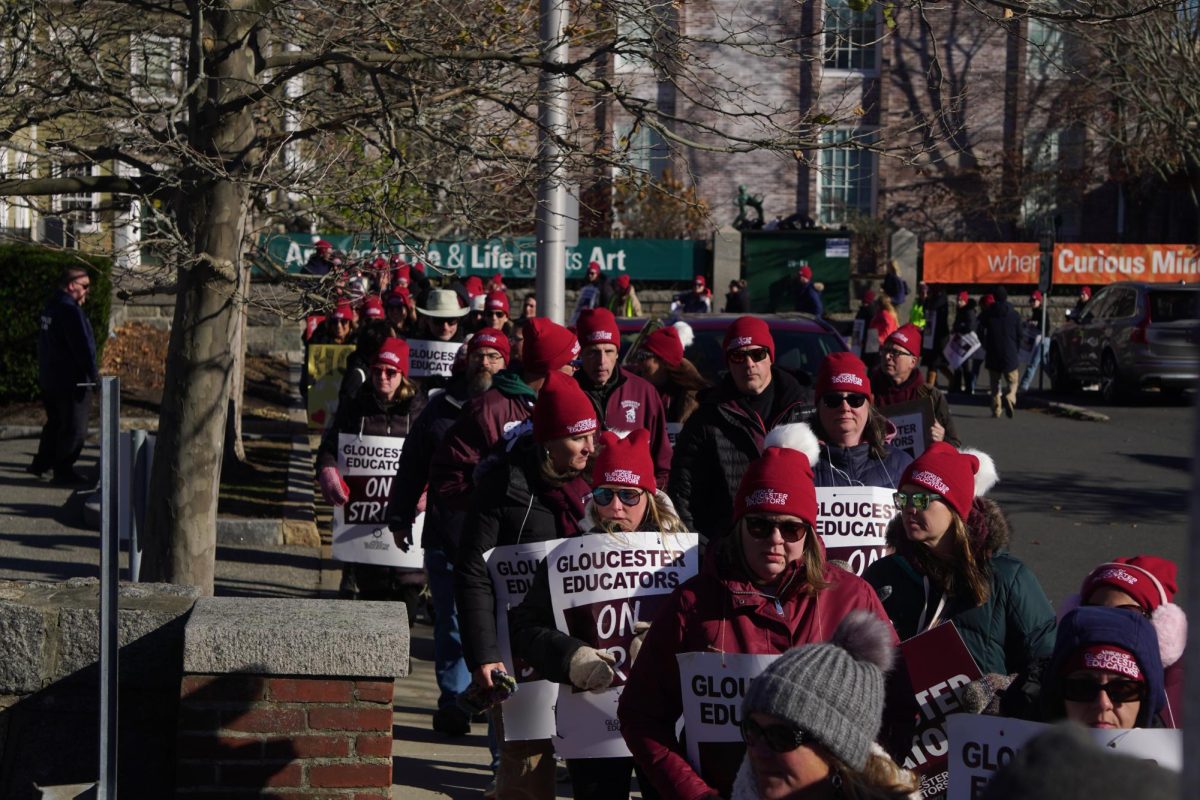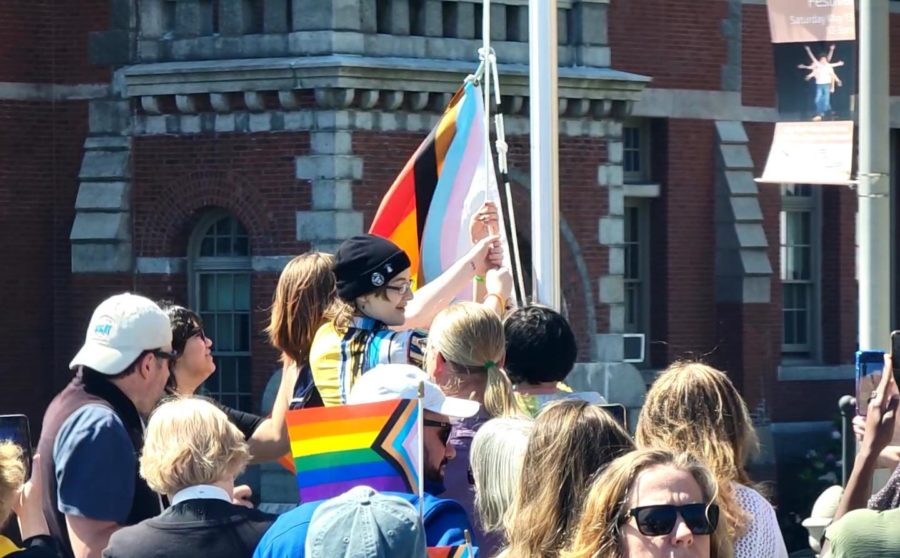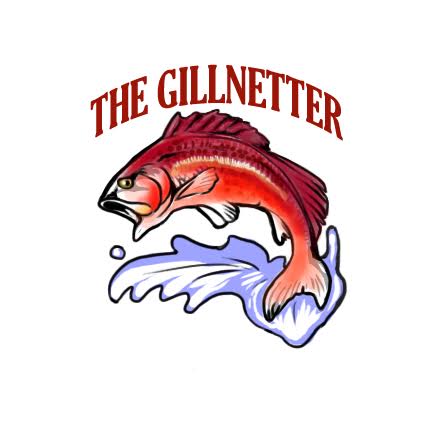Why we celebrate pride in June
GHS students raise the Pride Flag at Gloucester City Hall.
June 1, 2023
Everyone knows Pride month is in June, but why is that? The answer can be explained with a brief history of the Stonewall Riots.
The Stonewall Riots were a turning point for gay liberation. The LGBTQ community faced legal discrimination and police brutality throughout the 1900s. Gay people were discriminated against in bars across the U.S, and it was nearly impossible for gay bars to get a liquor license. As a result, most gay bars sold liquor illegally and were often run by organized crime, yet for many LGBTQ people, these were the only places where they were able to be themselves.
Police commonly raided gay bars, harassing people and arresting anyone not conforming to traditional gender roles—anyone in drag and anyone not wearing at least three items of appropriately gendered clothing. Those who were arrested risked losing their careers and families, as newspapers would report on the arrests.
On June 28th, 1969, New York City Police raided a gay bar in Greenwich Village, Manhattan: the Stonewall Inn. At around 2 a.m, four undercover police officers gave the signal for the raid to start. Police entered and arrested the owners of the bar along with drag queens, butches, and anyone without an ID. Everyone else was sent outside.
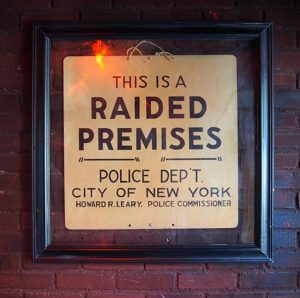
Unlike most raids of the time, where patrons would disperse after being let go, a crowd gathered outside the Stonewall Inn, including bystanders who were attracted to the commotion. The patrol cars were unusually late, giving the crowd time to grow agitated while they waited. When they did arrive, one woman in handcuffs began to scuffle with the police; she fought with four police officers until they were able to force her onto a wagon. At some point, she called out to the crowd: “Why don’t you guys do something?” and violence broke out.
Rocks and glass bottles were thrown, kicklines were formed, and people shouted, chanted, taunted, and fought with the police. The riot lasted until 4 a.m. that night, and for the next five nights crowds continued to gather outside the Stonewall Inn, clashing with the police in the name of liberation.
Before Stonewall, there had been organizations advocating for gay rights, forming what is now known as the homophile movement. These organizations were often concerned with presenting themselves as respectful and non-threatening to heterosexual society, primarily using civil disobedience as their main form of activism, including pickets and sit-ins. In 1965, the East Coast Homophile Organizations (ECHO) started The Annual Reminder picket at the Independence Hall in Philadelphia. Each July 4th, picketers would walk in two single file rows holding pre-approved signs, and had to follow a formal dress code to appear more presentable.
For the 1969 Annual Reminder, just days after the riots, a group of around 40 gays and lesbians took a charter bus from NYC to Philidelphia to join the protest. Around 150 picketers
participated that year, more than any other Annual Protest, and an impressive number for a gay rights demonstration of the time. During the picket, bolstered by the events at Stonewall, two women began to hold hands, disrupting the orderly single file lines and angering one of the organizers, who demanded they return to their rows. In defiance, other couples began to join in and hold hands, which attracted more press attention to the pickets than ever before.
After that, the Annual Reminders were discontinued. Its organizers went on to create Christopher Street Liberation Day—the first pride parade—to celebrate the anniversary of Stonewall. More than 2,000 people marched through Greenwich village, carrying signs and chanting slogans like “out of the closets and into the streets” and “say it loud! Gay is proud!”
Stonewall marks the community’s shift from fighting for equality to fighting for liberation. This is why we celebrate Pride Month in June.


